Logitech MX Keys Mini Hands-on Review: Minimalist Keyboard Done Right
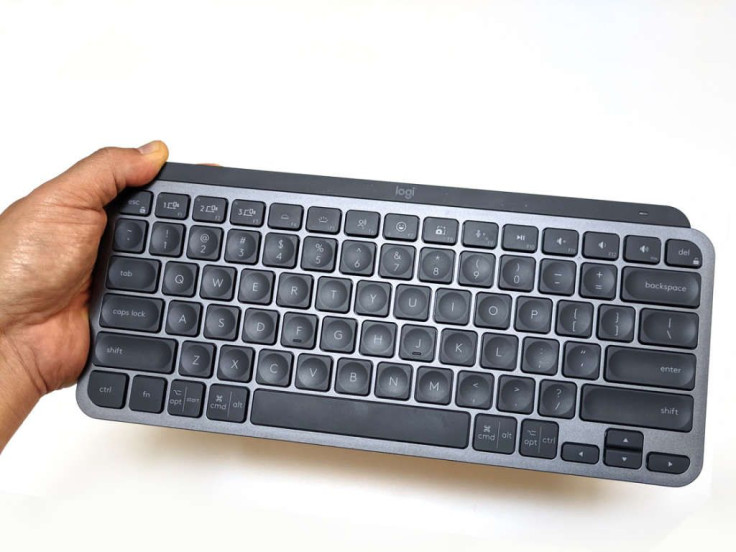
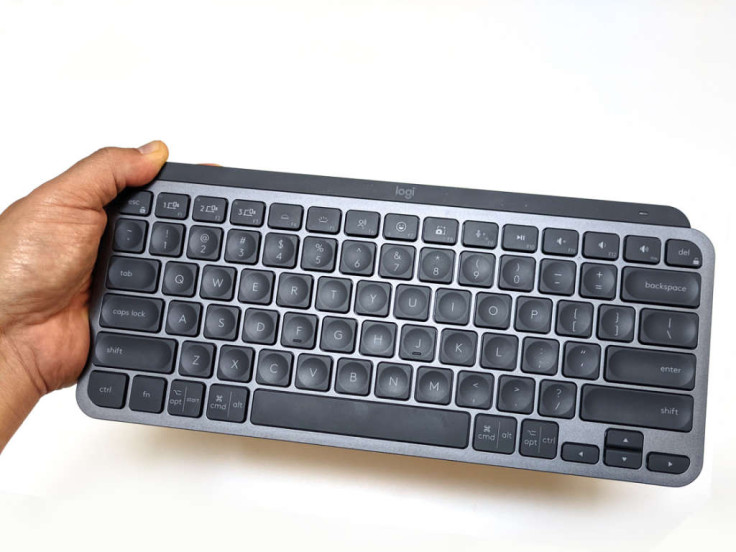
One quick survey of what's trending on social media, it'll be apparent that minimalist desktop setups are picking up momentum post pandemic, making way for a new wave of beautiful work-from-home (WFH) workspaces. And central to any desktop setup is of course the keyboard.
The Logitech MX Keys was one of the most premium options there was, offering both a premium build, an Apple-esque minimalist flat profile, while offering the best that the legacy peripheral maker has to offer in terms of the typing experience. Logitech is following up its success with the MX Keys with the MX Keys Mini, further pushing the minimalist's endeavor. Can the little sibling match the TOTL performance of the original? We dive in to find out.
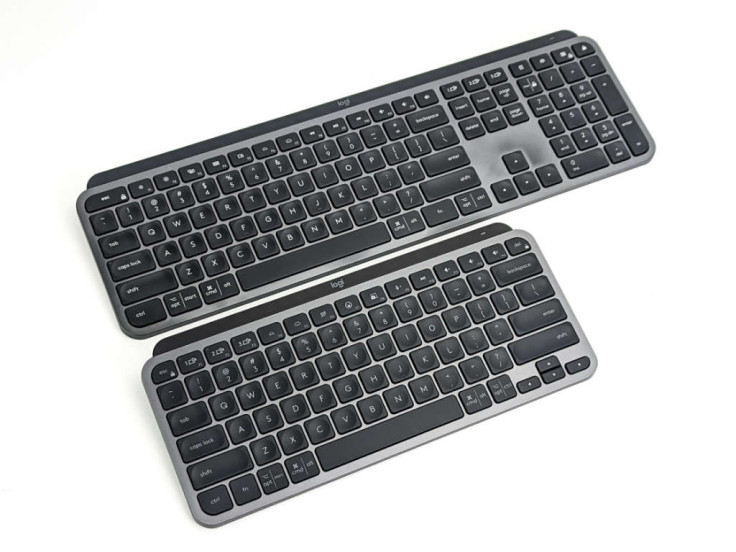
Top-tier Typing Experience
With the MX Keys being one of the best typing experiences on the market, it makes sense for the MX Keys Mini to retain most of the original features. The new flagship Logitech keyboard has design elements that overlaps most of the original: same space gray color scheme, laptop-like island style keys - each with a subtle 'crater' that offers more contact area for faster and more accurate typing experience, and the same low profile and slanted angle which means there's no need for an additional palm rest.
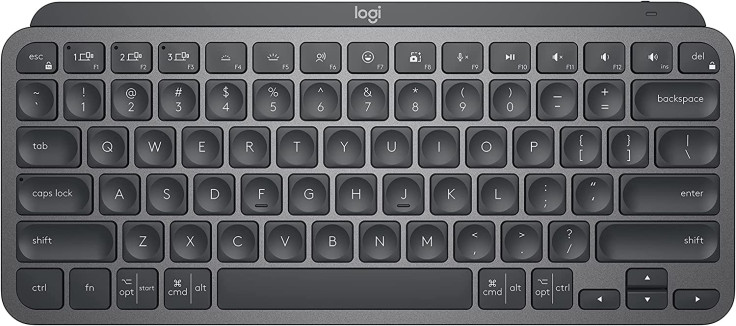
The key action is somewhere between 'clicky' and 'quiet', and having used mechanical keyboards for a while, I found myself typing much harder initially which the MX Keys Mini coped without any issues. Overtime I found the optimal typing strength, and being able to type faster than on mechanical or laptop keyboards.
In short, with the MX Keys Mini, just like the original, typing on it is fast, accurate, and much less fatiguing than mechanical keyboards.
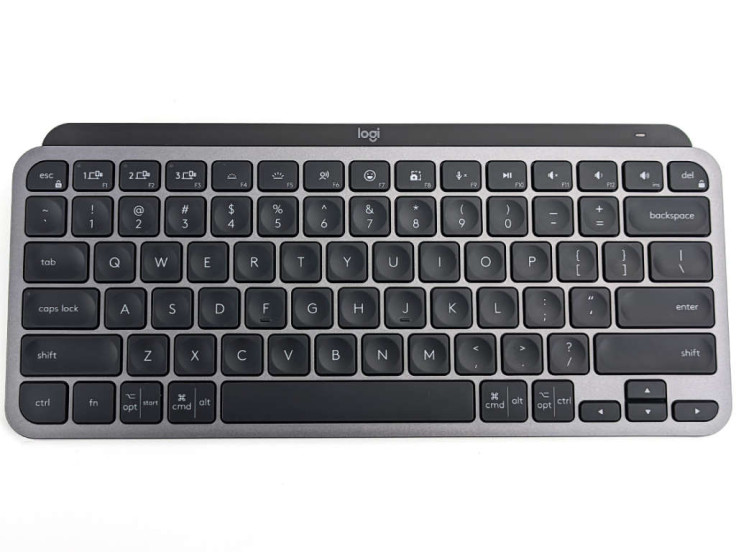
Getting the Miniaturization Right
There's no shortage of miniaturized keyboards on the market, with plenty of 68-key and 96-key mechanical keyboards being the most popular. As the legacy peripheral manufacturers, Logitech decidedly does not follow suit, but has its own miniaturized 79-key layout instead.
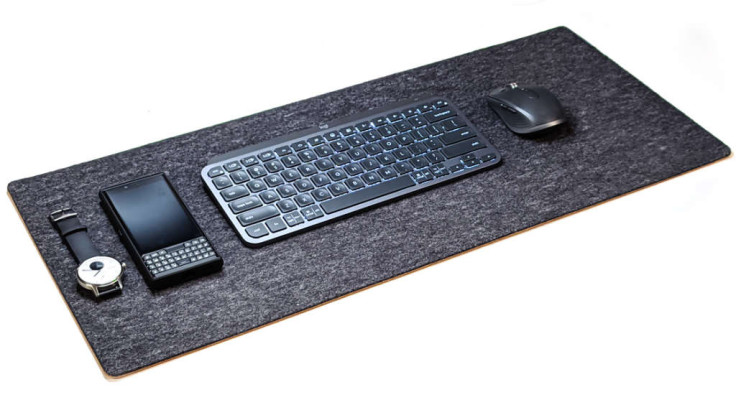
First of all, after switching to the MX Keys Mini, I found the biggest benefit to be the added real estate for the mouse on the right-hand side. With the numpad and control pad eliminated, and the arrow pad moved to below the right shift key, there's much less unused clutter on the right side of the keyboard.
The reduced keyboard is also more symmetrical overall, and can be center-aligned with the monitor, which is both aesthetically more pleasing and causes less strain for the neck over long working sessions. Furthermore, the new narrower body means the MX Keys Mini can now also be used as a portable keyboard, with iPads, tablets and other mobile devices while on-the-go.
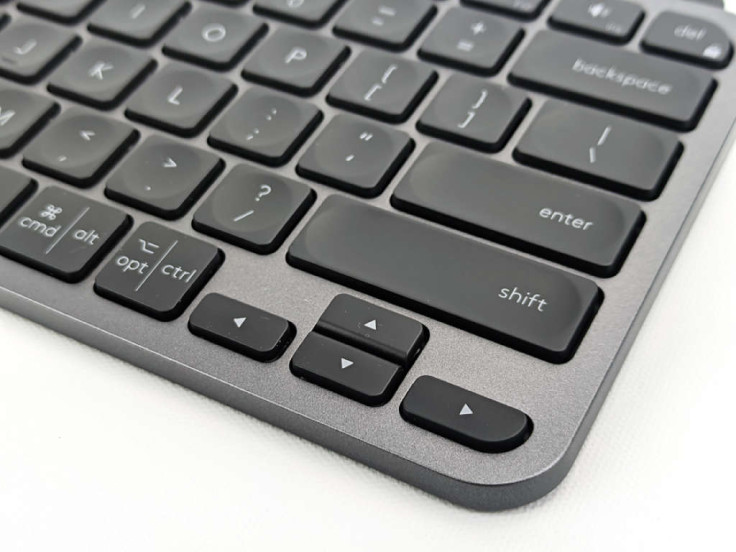
But how about the missing functions? This is where Logitech's layout design gets it right where many other miniaturized keyboards don't. The control pad functionalities are intuitively where I expect them to be: 'Home' is 'fn+left'; 'End' is 'fn+right'; 'Page up' is 'fn+up' and 'Page down' is 'fn+down'. 'Delete' is also on the top right-hand corner where it's easy to hit, while it won't be confused with 'Backspace'. As someone who uses these function keys all the time while typing, it's surprising how hard it is to access these keys or excluded on many 68-key keyboards.
I adapted to the new controls on the MX Keys Mini, transiting from the MX Keys almost straight away without any learning curve, and I have to say Logitech has hands-down the best implementation when it comes to the control pad keys for a miniature keyboard.
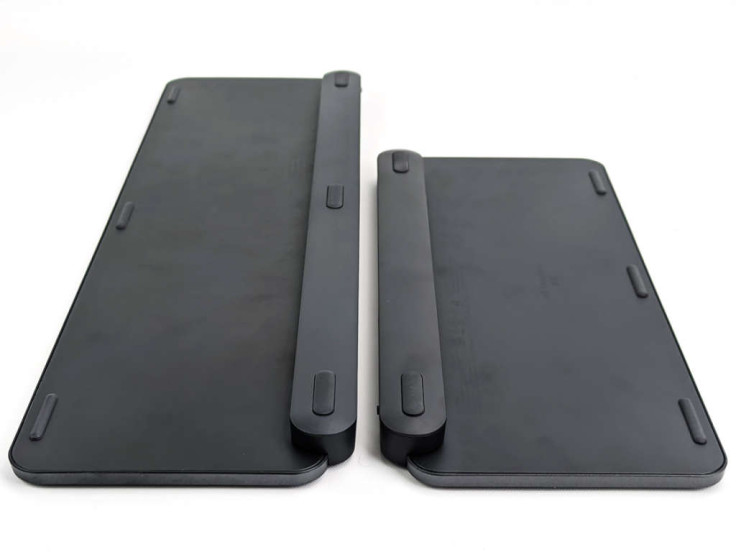
Same Premium Hardware in Chassis and Backlighting
Other than the narrower chassis, the MX Keys Mini is built with the same anodized aluminum body as the original MX Keys. The back of it is also a hump that includes the battery and circuitry, as well as the on/off switch and the USB-C charging port.
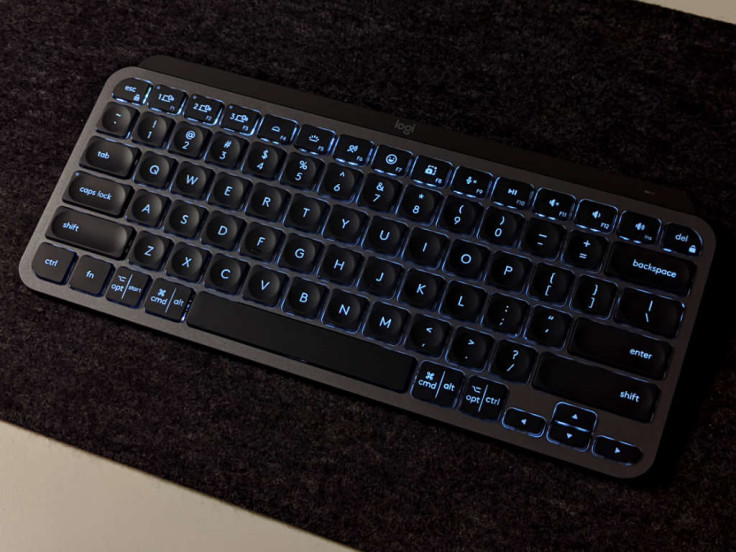
The MX Keys Mini has incorporated the same motion detecting backlighting as the original MX Keys, where if your hands simply go near the keyboard, the backlighting can be activated. The proximity response gives the keyboard a futuristic feel and adds some spark to the desktop setup. Personally, since I prefer a longer battery life over the lightworks (5 months battery life vs. 10 days respectively), I appreciate the new option in Logi Option+ to turn off the backlighting altogether.
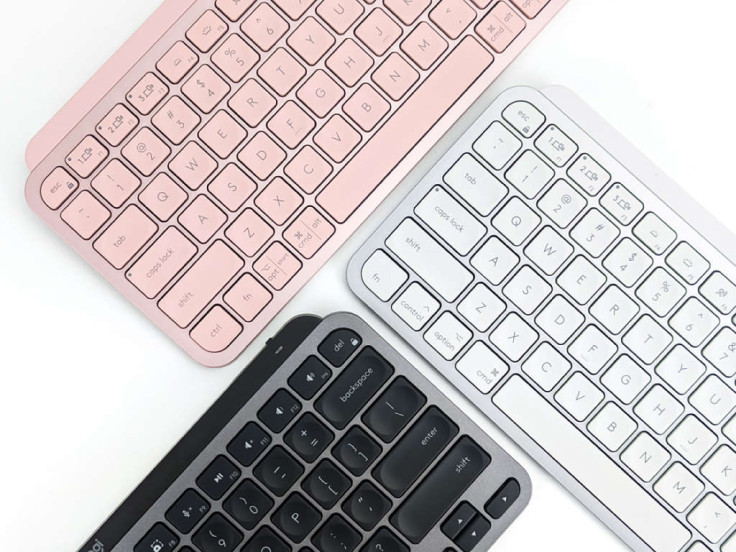
More Youthful Offerings
An extra option that the MX Keys Mini newly offers is the new range of colorways: the original Graphite, Pale Gray - which is a Apple-esque aluminum chassis with white keys, and Rose, which is basically a pink color scheme.
What's more, Logitech has added new function keys to the Mini to adapt with the change of times. In a world where we do a whole lot more video conferencing - there is now a mic mute button built-in, as well as an emoji key and voice to speech.
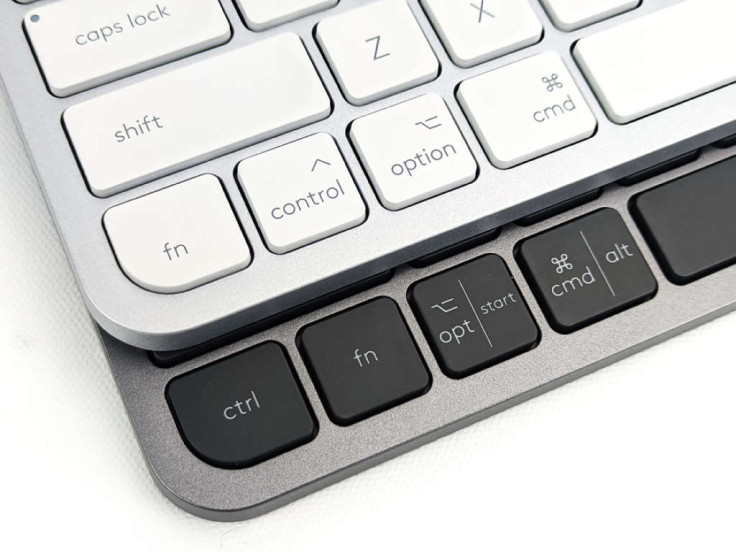
There is also a MX Keys Mini for Mac so that Mac-users can switch and feel right at home. The Mac version of the Mini swaps the 'ctrl' and 'fn' keys on the left-hand side, as well as replacing the 'del' key on the top right-hand corner with a sleep button.
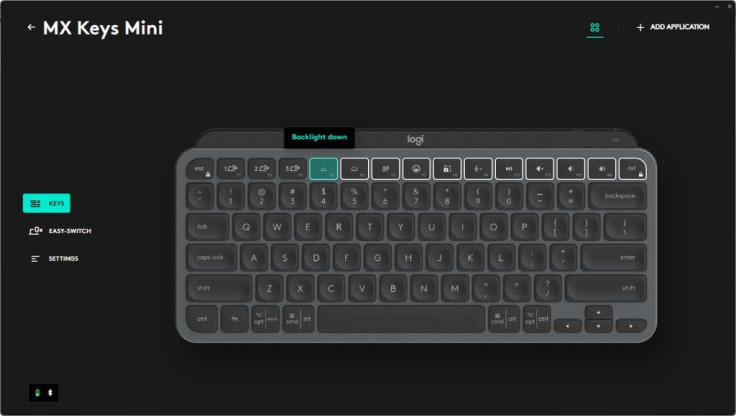
New Software Support - Logi Options+
With the recent release of the Logi Options+ (I used version 1.0.5155 at the time of this review), new customization options are made available for the MX Keys Mini. You can now customize 11 keys on top of the keyboard with any custom command, as well as manage the three Easy-switch connected devices with F1-F3 keys. Other additional toggles are also available, such as the aforementioned backlighting system toggle.
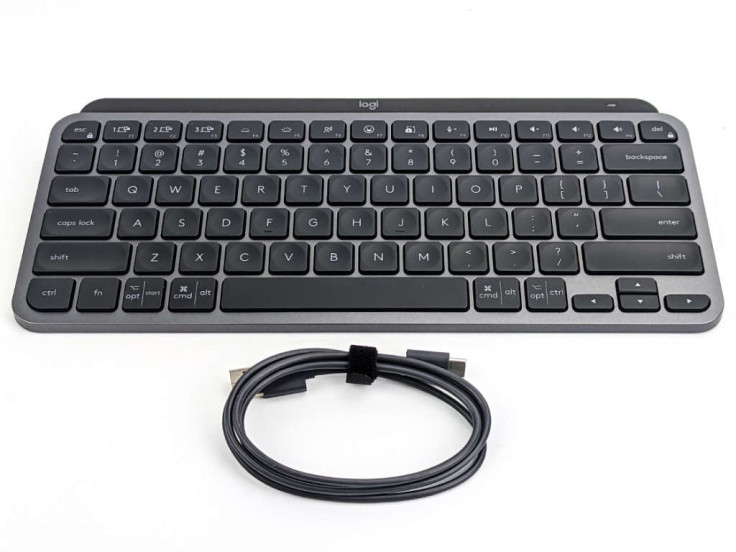
Final Verdict
The Logitech MX Keys Mini is a small upgrade (pun intended) on the original MX Keys that makes a big difference for minimalist desktop workspaces. It allows a cleaner and roomier working area, while not compromising on performance and functionality. Due to its miniature size, it would even serve as a travel keyboard that can connect to multiple devices and provide a seamless workflow. We wholeheartedly recommend and award the Logitech MX Keys Mini with the IBTimes Recommended Badge.
Sam is a production engineer turned tech writer who specializes in seeking out gadgets that enhances productivity while still looking sharp. This is a contribution to an ongoing IBTimes review series on gadgets for Business Travelers.





















